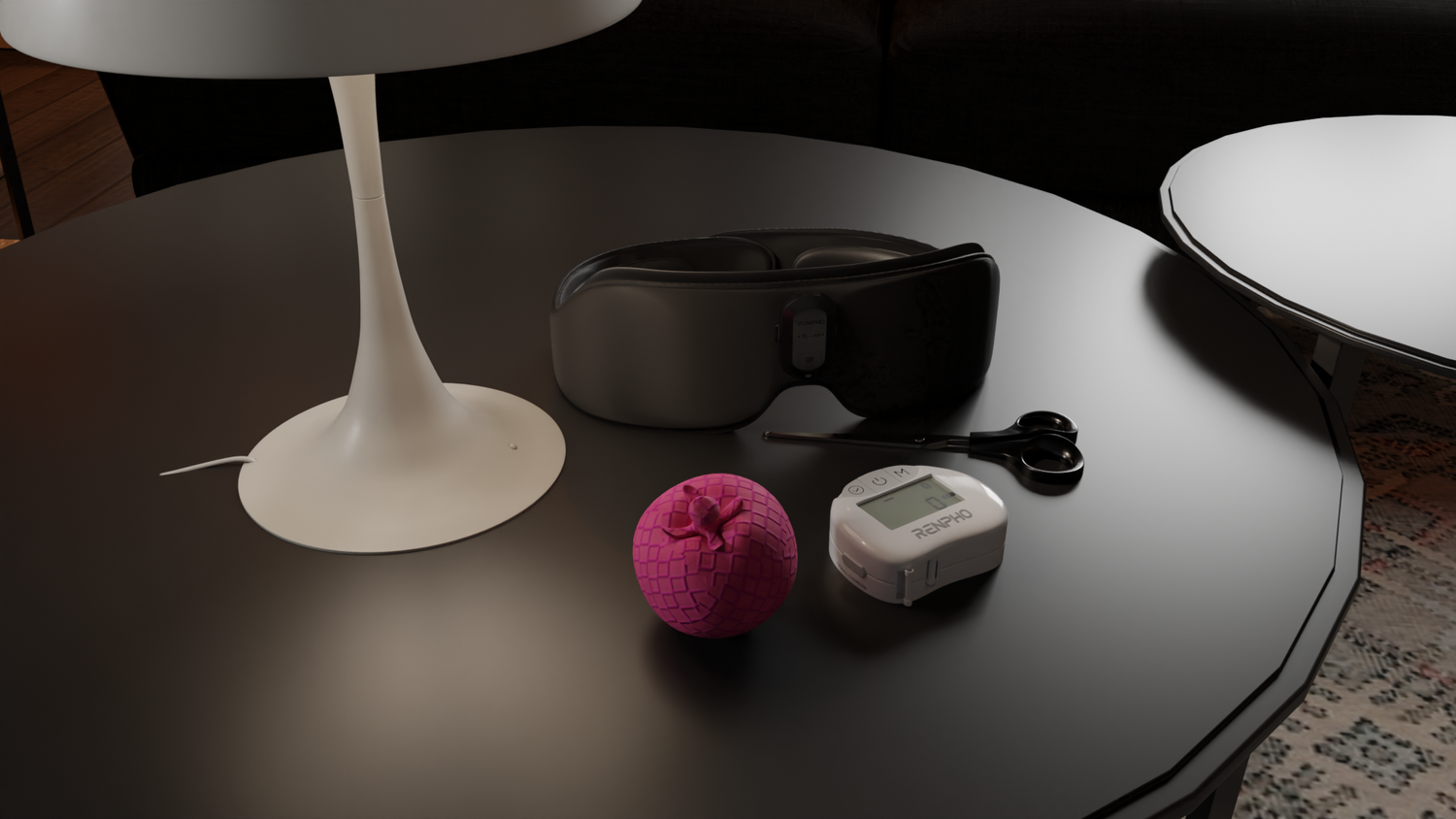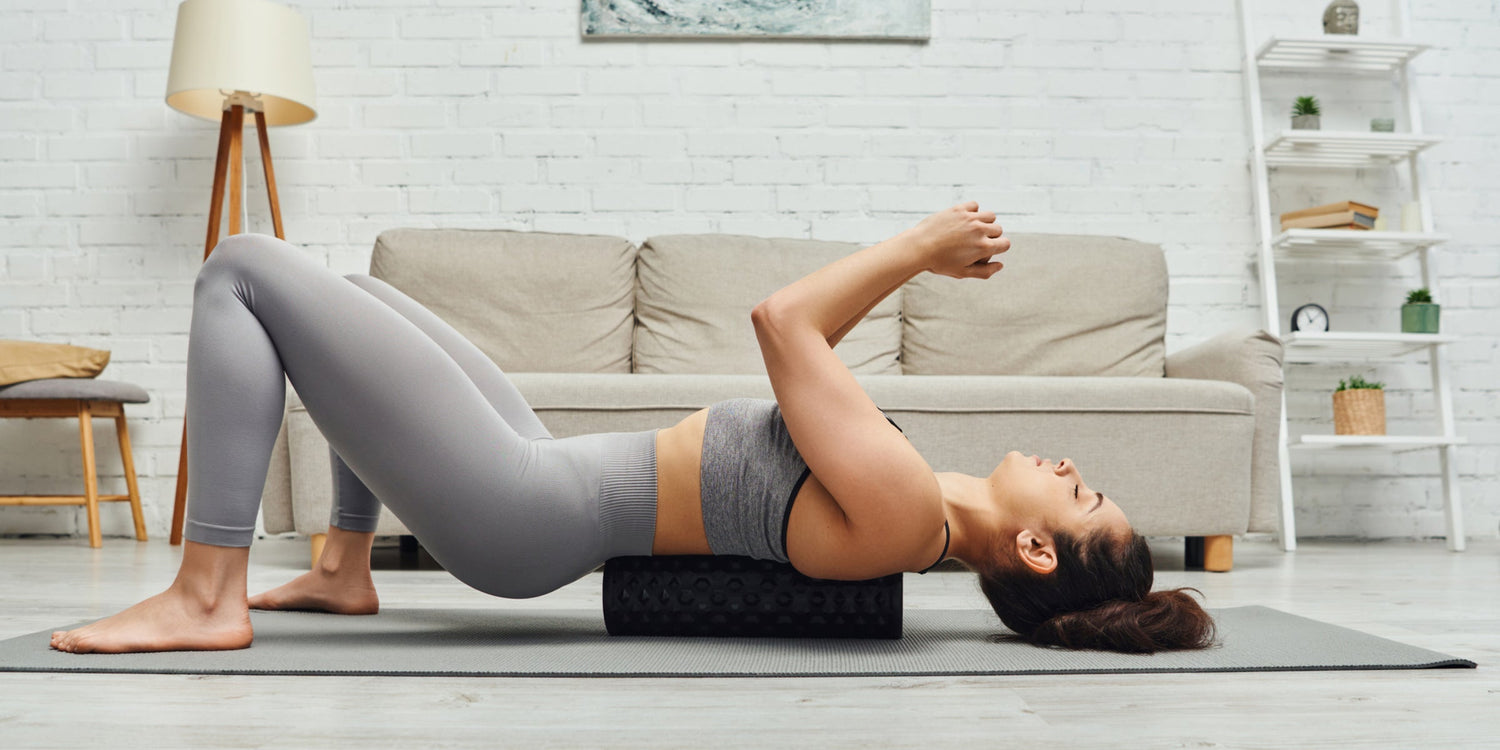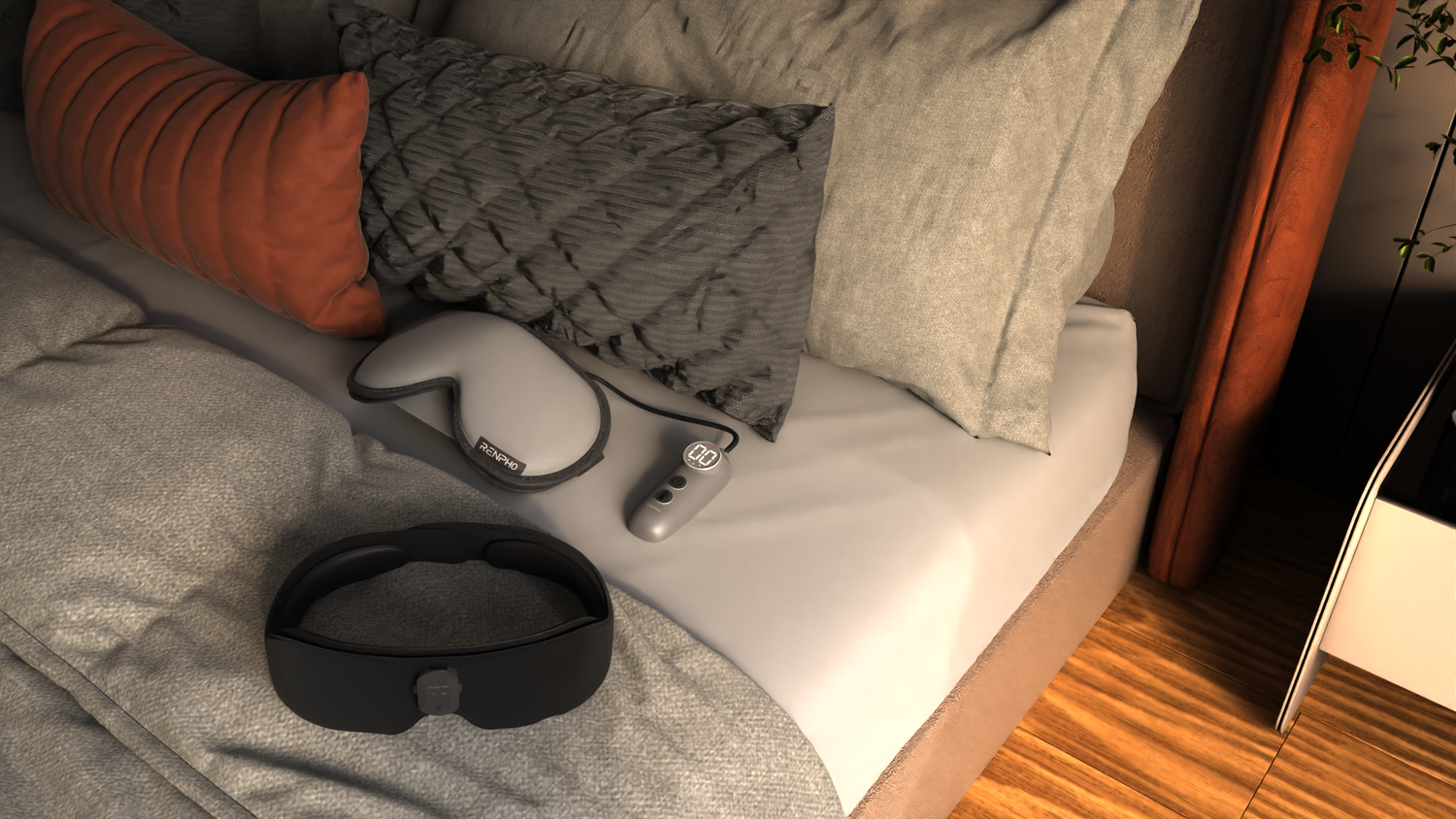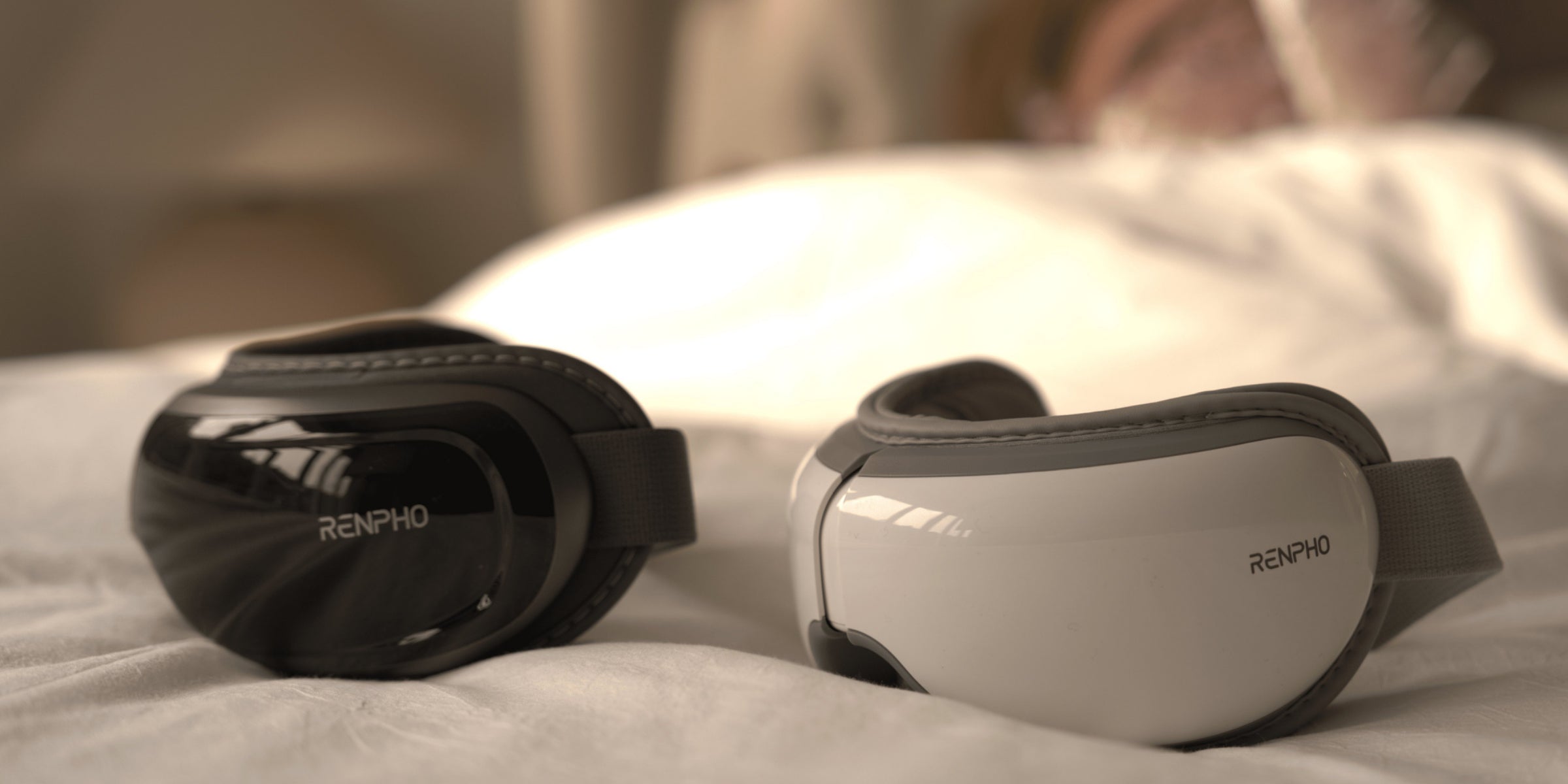Sleep masks are a popular accessory for those seeking a peaceful and uninterrupted night's sleep. If you’re struggling with insomnia, or simply prefer a dark environment for optimal rest, having one can be a valuable tool in achieving better sleep quality.
However, if you've found yourself waking up in the middle of the night to discover that your sleep mask has mysteriously slipped off, you're not alone. The frustration of constantly readjusting and repositioning your sleep mask can be a huge problem for those who have trouble sleeping.
But like most problems, there are reasons behind why your sleep mask keeps falling off. In this blog, we will explore why it happens and provide practical solutions to help you maintain a comfortable and effective sleep mask experience.
By understanding these common issues, you can take the necessary steps to ensure a restful, undisturbed night's sleep and wake up feeling refreshed and rejuvenated. So, let's dive in and address these sleep mask issues once and for all!
Why Are Sleep Masks Important?

Sleep masks are important for promoting better sleep by blocking out light and creating a more comfortable sleeping environment. By preventing light from reaching the eyes, they can help regulate the body's circadian rhythm and improve the overall quality of sleep. This is especially beneficial for individuals who need to sleep during the day or in brightly lit environments.
Ideally, a good sleep mask should have a well-fitting design that covers the eyes completely and comfortably. It should also have effective light-blocking capabilities to ensure that no light seeps through and disrupts sleep. Some sleep masks may also include additional features such as adjustable straps or cooling effects to further enhance comfort.
However, certain sleep masks may have drawbacks such as discomfort when sleeping on the side or stomach, as the mask can put pressure on the eyes and cause irritation. It is important to choose a sleep mask that fits well and allows for different sleeping positions to avoid this issue.
3 Reasons Why Your Sleep Mask Keeps Falling Off

Many people deal with their sleep masks constantly slipping off during the night, but there are several reasons why it might be happening. So, let’s explore three common reasons why it happens and provide some helpful tips for keeping it in place to ensure a peaceful and uninterrupted night's sleep.
-
Incorrect Fit
A proper fit for a sleep mask is crucial for a comfortable and effective sleeping experience. If a sleep mask is too small, it can cause discomfort and unnecessary pressure on the eyes, leading to potential headaches and disturbed sleep. On the other hand, a mask that is too large can easily slip off during the night, exposing the eyes to light and disrupting sleep.
To determine if a sleep mask is the right size and fit for your head and facial structure, it is important to check for pressure points around the eyes and ensure that the strap is not cutting into your skin. The mask should sit comfortably across the eyes without feeling too tight or too loose. It should also fully cover the eyes and block out any surrounding light for optimal effectiveness.
Ultimately, a proper fit for a sleep mask is essential for achieving a restful sleep. It ensures that the mask stays in place throughout the night, providing a consistent and uninterrupted sleeping environment. Therefore, when choosing a sleep mask, it is important to prioritize finding the right size and fit to avoid discomfort, pressure, and potential sleep disturbances.
-
Elastic Straps Losing Tension
When the elasticity of the straps weakens over time, they become looser and less effective at holding the mask in place. This can lead to the mask slipping off during the night, disrupting your sleep and reducing its efficacy.
To address this issue, there are several solutions you can consider. Firstly, try tightening the elastic straps to restore some tension. Locate the adjustment mechanism on the straps, such as a slider or buckle, and pull it to make the straps tighter. If tightening doesn't solve the problem, you may need to replace the elastic straps altogether. Look for replacement straps online or at stores that specialize in sleep mask accessories.
Alternatively, you can opt for a sleep mask with adjustable straps. These masks typically have a Velcro or buckle closure system that allows you to customize the tightness of the straps. By adjusting the straps to your desired level of tension, you can ensure a secure fit and minimize the chances of the mask slipping off during the night.
Another option is to choose a sleep mask with alternative securing mechanisms. Elastic straps are not the only way to secure a sleep mask. Some masks use adjustable headbands or wraparound designs, which provide a more secure fit. Exploring sleep mask options with different securing mechanisms can help you find a solution that suits your comfort and prevents the mask from falling off.
Lastly, it's important to regularly inspect and maintain your sleep mask. Check for any signs of wear and tear, including the condition of the elastic straps. If you notice fraying, stretching, or loss of elasticity, it's time to consider replacing them. Additionally, follow the care instructions provided by the manufacturer to ensure the longevity of your sleep mask and its components.
-
Slippery Material
Sleep masks made with slippery materials can contribute to the problem of the mask falling off during the night. The smooth or slippery texture of certain materials can reduce the mask's grip, especially if you tend to move around or sweat during sleep.
To address this issue, there are a few solutions you can consider. First, look for a sleep mask that specifically mentions a non-slip or textured surface. These masks are designed to provide a better grip and stay in place even if you shift positions. Opt for materials like satin or cotton, which offer more friction against the skin. Additionally, choose a sleep mask with a strap or fastening mechanism for added security. Adjustable straps, hook-and-loop closures, or elasticized headbands can help ensure a secure fit. If you don't want to replace your current sleep mask, you can enhance its grip by attaching adhesive Velcro strips to the inside of the mask or sewing on non-slip fabric or silicone grippers. Before wearing the sleep mask, make sure your face is clean and dry to minimize oil or moisture that could contribute to a slippery surface. By addressing the issue of slippery materials, you can improve the stability of your sleep mask and prevent it from falling off, allowing you to enjoy uninterrupted sleep.
Takeaway
Sleep masks are important for promoting better sleep by blocking out light and creating a comfortable sleeping environment. However, they can sometimes fall off during the night, leading to frustration and disrupted sleep. There are three common reasons for this issue: an incorrect fit, elastic straps losing tension, and slippery materials.
To ensure a proper fit, choose a sleep mask that covers the eyes comfortably without causing discomfort or pressure. If the elastic straps lose tension, tighten them or consider replacing them with adjustable straps. Slippery materials can be addressed by opting for masks with non-slip or textured surfaces, or by enhancing the grip of your current mask using adhesive Velcro strips or non-slip fabric. It's essential to keep your face clean and dry before wearing a sleep mask to minimize slipperiness caused by oil or moisture. By addressing these issues, you can improve the stability of your sleep mask and enjoy uninterrupted sleep.
Renpho Health Tips
-

DIY Sleep Solutions: How to Make a Sleep Mask for a Good Night's Sleep
February 8, 2024
Read more >
-

Holistic Wellness: How to Achieve Balance and Harmony in Your Body, Mind, and Spirit
February 8, 2024
Read more >
-

Unpacking PCD: Navigating the Aftermath of a Great Show
February 5, 2024
Read more >
-

The Science of Beauty Sleep: Understanding the Purpose of Sleeping Masks
February 5, 2024
Read more >
-

The Art of Self-Care: How Social Media Inspires Eye Wellness
February 4, 2024
Read more >



































